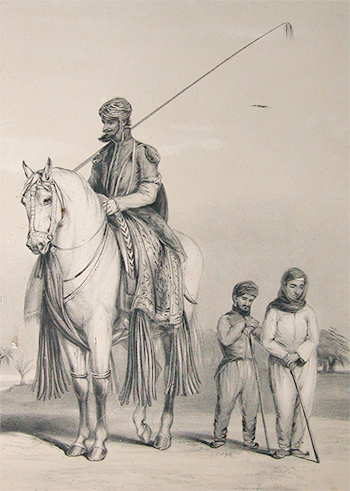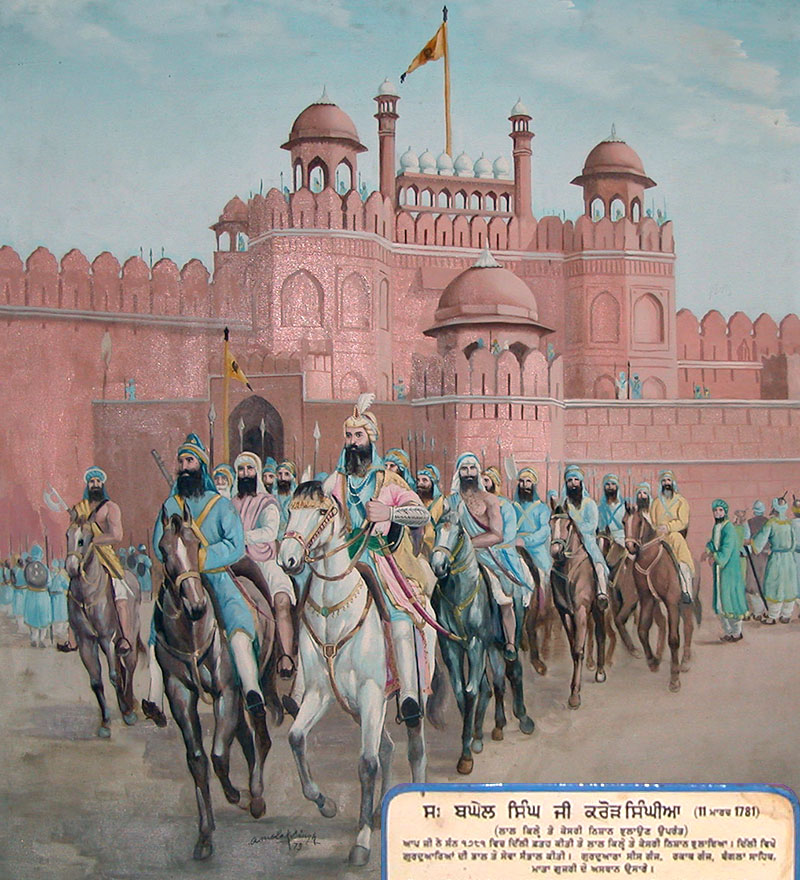
Central Sikh Museum established in 1958 at Amritsar. Central Sikh Museum exhibits paintings of Sikh gurus, saints, Sikh warriors and other prominent Sikh leaders who have contributed to the enhancement of Sikh religion. It has a rich collection of coins, old arms and ancient manuscripts. It also houses an excellent library. The Museum contains paintings by great Sikh artists, rare pencil sketches, musical instruments, rarest stringed instrument and guns of Sikh Raj. The wooden comb (kangha) of Guru Gobind Singh, arrows and bow, iron chakras (circles) to be worn on the turban by warrior and an iron jacket made of wires (sanjoe) are worth seeing. SGPC (Shiromani Gurdwara Parbandhak Committee) is in the process of restoring this Museum along with a new Interpretation Centre in the Complex.


The great Sikh artist’s work and rare pencil sketches by Princess Baamba add to its glory. The wooden comb (Kangha) of Guru Gobind Singh, Arrows and Bow, Iron Chakras (circles) to be worn on the turban by Sikh warriors and Sanjoe (an iron jacket made of wires), Canons and Guns pertaining to Sikh Empire, Wooden Canopy supporters covered with silver of Maharaja Ranjit Singh times, musical instruments like Saranda of Late Baba Sham Singh (Hymn Singer in The Golden Temple) are preserved in the museum.
The museum has been divided according to the Sikh History. In the very first hall, the life and style of Sikh Gurus, Hindu and Muslim Saints has been described through portraits. The second room shows the travels (Udasis) of Guru Nanak and some photos of rare art work on the walls of Gurdwara Baba Atal Rai. The next is followed by the Sikh Struggle period after 1708. Portraits of the Sikh Martyrs (Bhai Mani Singh, Bhai Taru Singh, Bhai Dyala, Bhai Mati Dass), the prices for the heads of Sikhs being paid. Takes one to the Sikh Empire and after independence struggle of Punjabi Speaking state, Sikh-Nirankari Kand (Clash), Operation Blue Star period. The portraits of Sikh scholars, religious, social and political personalities are also displayed. Some hand written, ancient holy books are also preserved in the museum.